Table Of Content
The Great Mosque of Kairouan, also known as the Mosque of Uqba (Arabic: جامع القيروان الأكبر), stands proudly in the heart of the Medina of Kairouan, Tunisia. Built in AD 836 under the Aghlabid dynasty, it is one of the most magnificent and historically significant Islamic monuments in North Africa. With its vast courtyard, fluted domes, and iconic minaret, this mosque is a masterpiece of early Islamic architecture and a cornerstone of Maghrebi cultural heritage.
A Sacred Legacy Through the Ages
The story of the Great Mosque begins with Uqba ibn Nafi, the Arab general who founded Kairouan in 670 AD. His original oratory marked the first Muslim place of worship in the Maghreb. Over the centuries, it underwent several reconstructions and expansions, culminating in the grand structure we see today, rebuilt entirely by Ziyadat Allah I in 836 AD. Each dynasty—from the Umayyads to the Abbasids left a lasting imprint on this sacred site.
Architectural Brilliance of the Great Mosque
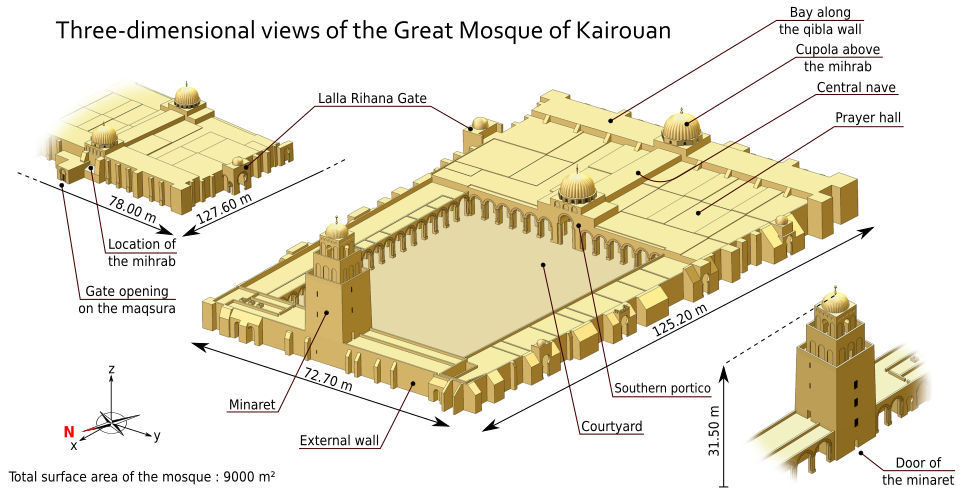
The mosque spans an area of over 9,000 square meters, featuring a rectangular plan measuring 125 meters by 75 meters. Its marble-paved courtyard is surrounded by arcades and galleries, designed to collect rainwater that flows into ancient underground cisterns, an ingenious 9th-century innovation. The minaret, rising to 32 meters, is considered the oldest in North Africa and resembles ancient Roman lighthouses in form and structure.
Inside, the prayer hall’s 414 columns sourced from Roman and Byzantine sites like Carthage and Sousse create a forest of marble and light. The mihrab glows with 9th-century lustre tiles imported from Baghdad, and the wooden minbar, made of over 300 pieces of Indian teak, is the oldest surviving pulpit in the Islamic world. Each detail, from the carved beams to the Kufic inscriptions, reflects a blend of Mediterranean and Middle Eastern artistry.
“The Great Mosque of Kairouan is not only a place of worship but a living testament to the birth of Islamic art and architecture in North Africa.”
UNESCO World Heritage Centre
Spiritual and Cultural Importance
Beyond its architectural grandeur, the Great Mosque served as the intellectual heart of the Islamic West. Scholars once gathered here to study religion, science, and philosophy, making it a precursor to the great universities of the Middle Ages. For centuries, Kairouan was considered the fourth holiest city in Islam, after Mecca, Medina, and Jerusalem.
The Iconic Minaret
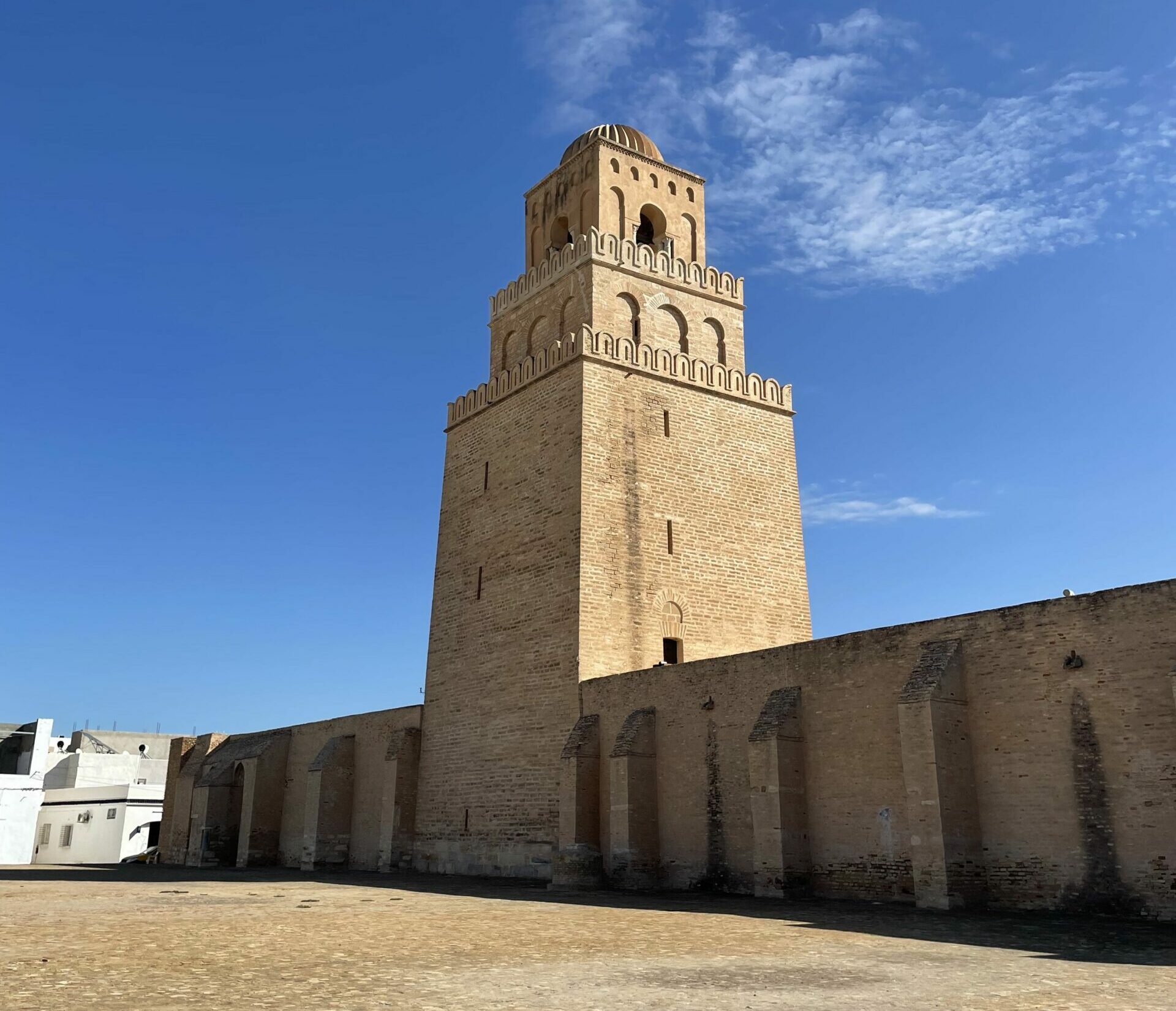
The square-shaped minaret of the Great Mosque is one of the earliest examples in Islamic architecture. Built in three levels and topped with a ribbed dome, it once served as both a religious and strategic watchtower, symbolising faith and strength over centuries.
Visiting the Great Mosque of Kairouan
Today, the mosque welcomes visitors eager to explore Tunisia’s deep Islamic roots. Non-Muslims can admire the majestic courtyard and glimpse into the prayer hall, while learning about its sacred significance. Entry is through Rue Okba Ibn Nafaa, and modest dress is required. Every stone and carving tells a story of devotion, craftsmanship, and history.
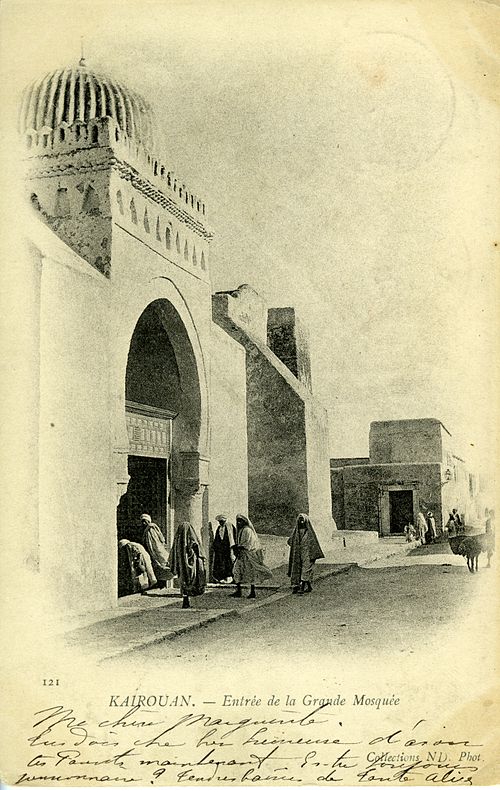
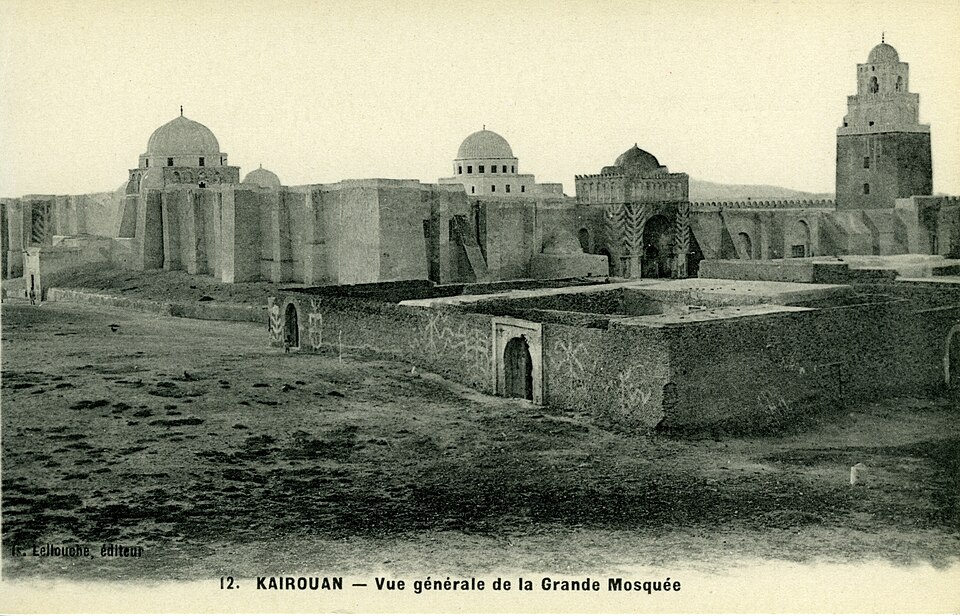

Legacy and Inspiration
The Great Mosque of Kairouan remains an enduring symbol of Tunisia’s spiritual identity and architectural genius. Its influence can be seen in later mosques throughout the Maghreb and Andalusia. For history lovers and architecture enthusiasts, it offers a rare glimpse into the origins of Islamic civilisation in North Africa—a place where faith, art, and history meet in perfect harmony.
Conclusion
The Great Mosque of Kairouan is more than a monument; it’s a chronicle of centuries of devotion, innovation, and artistry. Visiting it feels like stepping back in time to the very roots of Islamic culture in the Maghreb. Whether you’re drawn by its history, architecture, or spiritual aura, this mosque stands as a timeless witness to the brilliance of early Islamic civilization.
Extremely motivated to constantly develop my skills and grow professionally. I try to build my knowledge, flexibility, and interpersonal skills through several projects and within different teams.


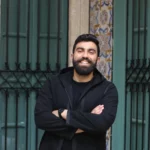
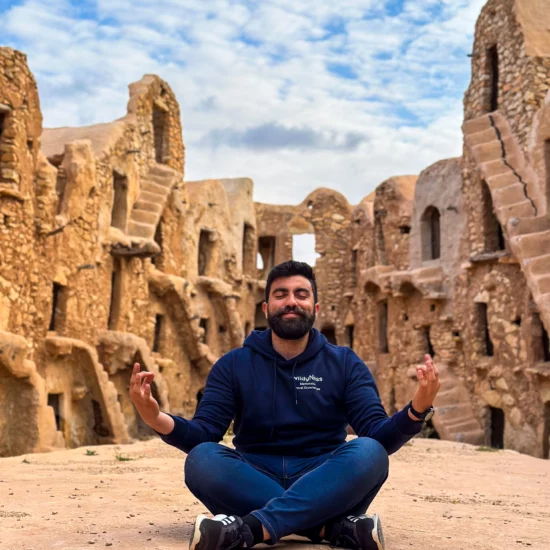



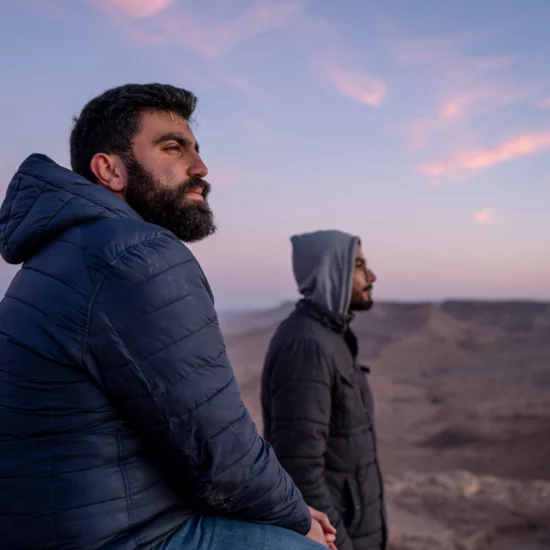
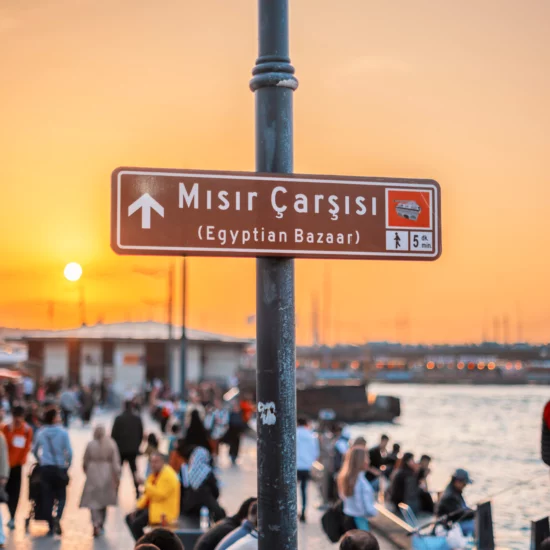



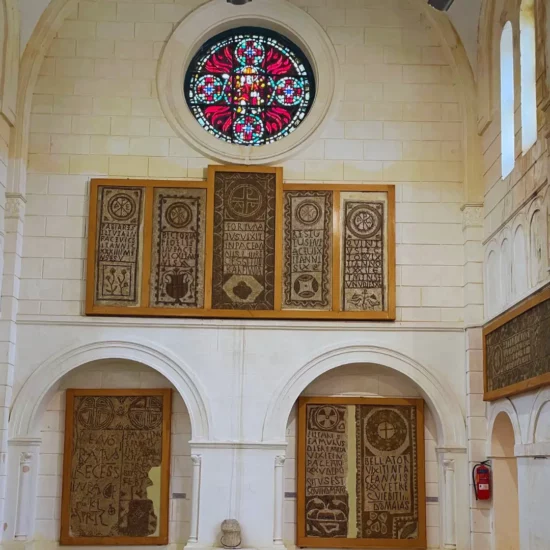
No Comment! Be the first one.